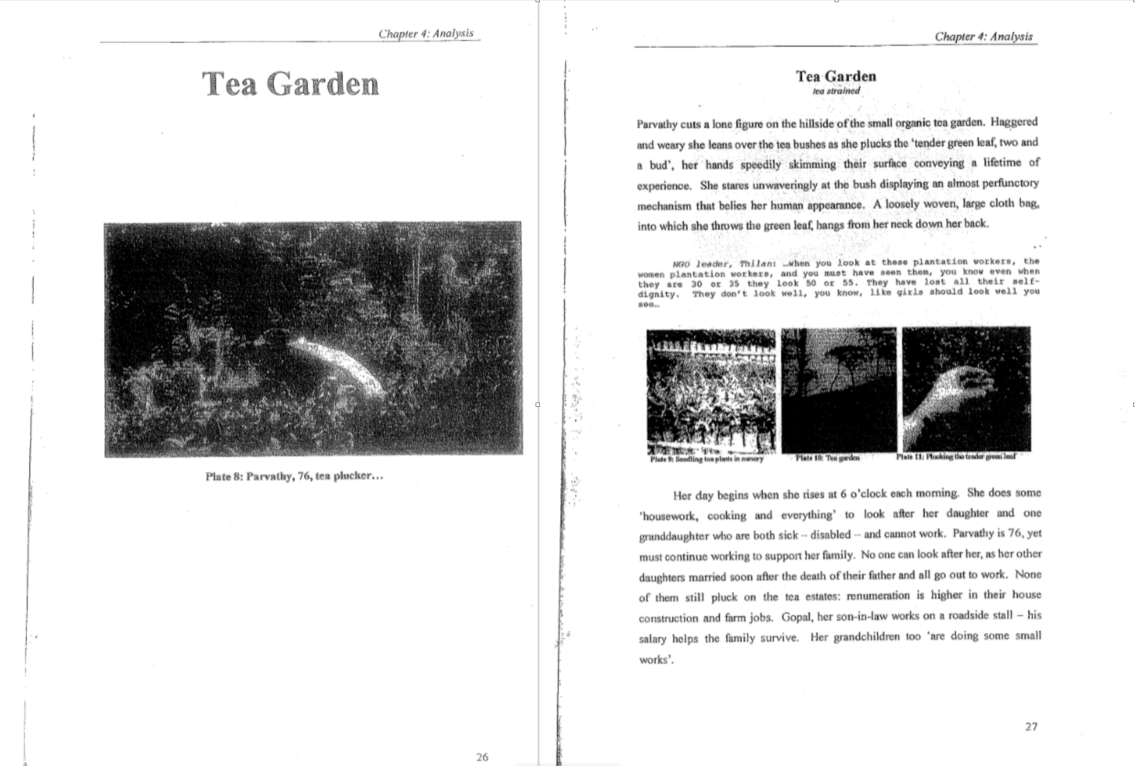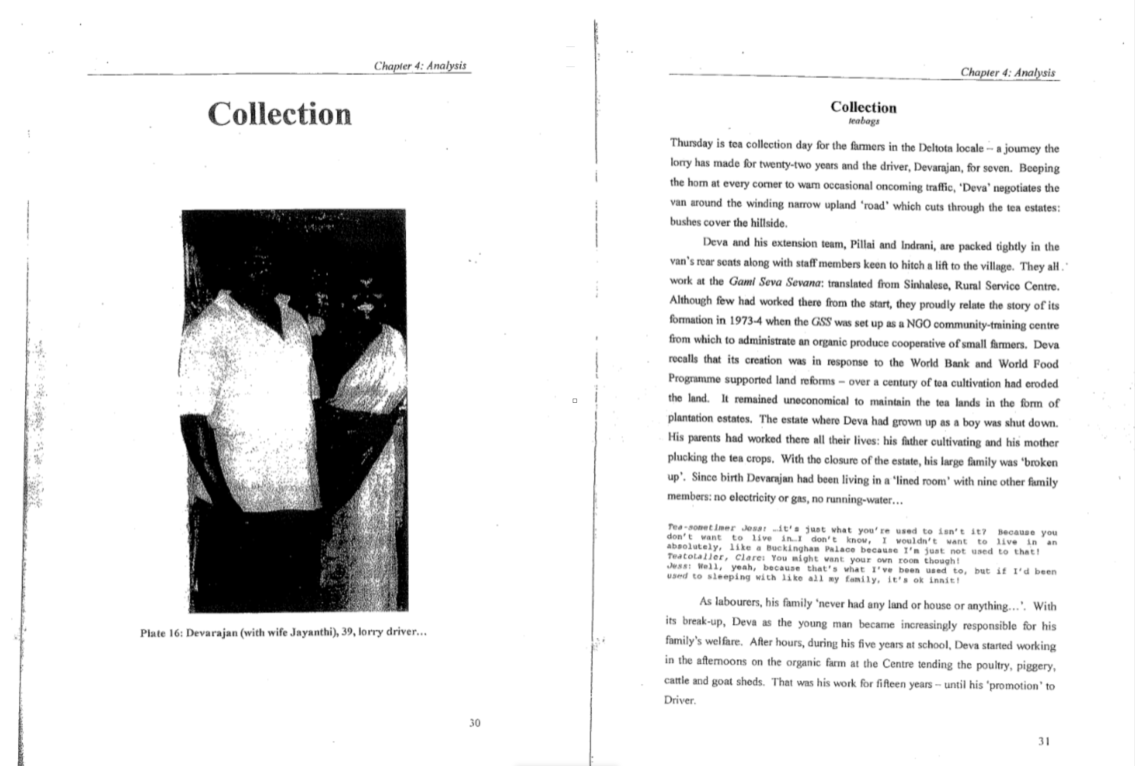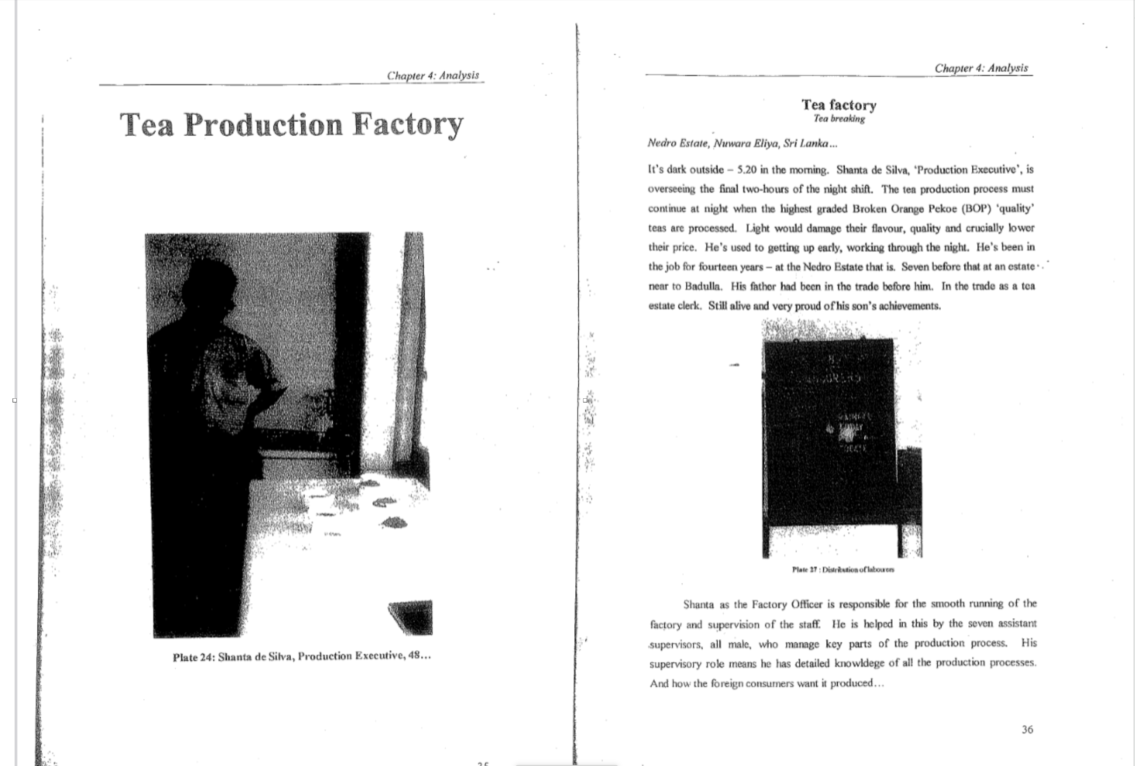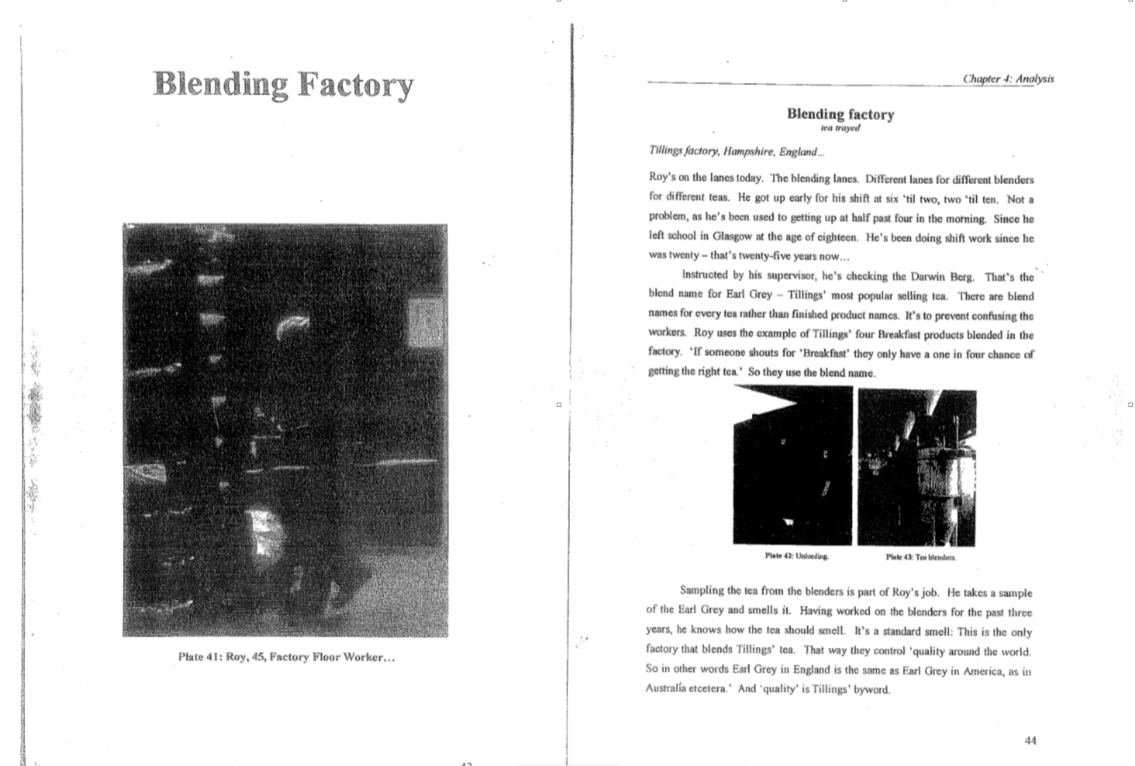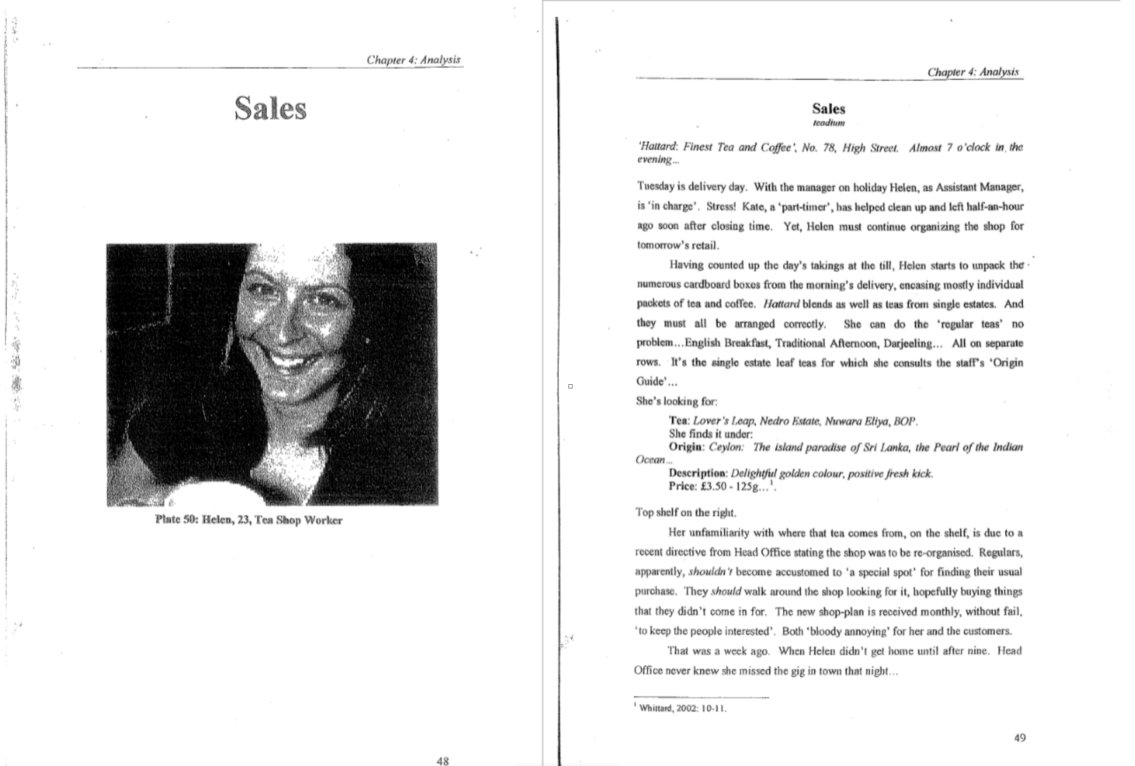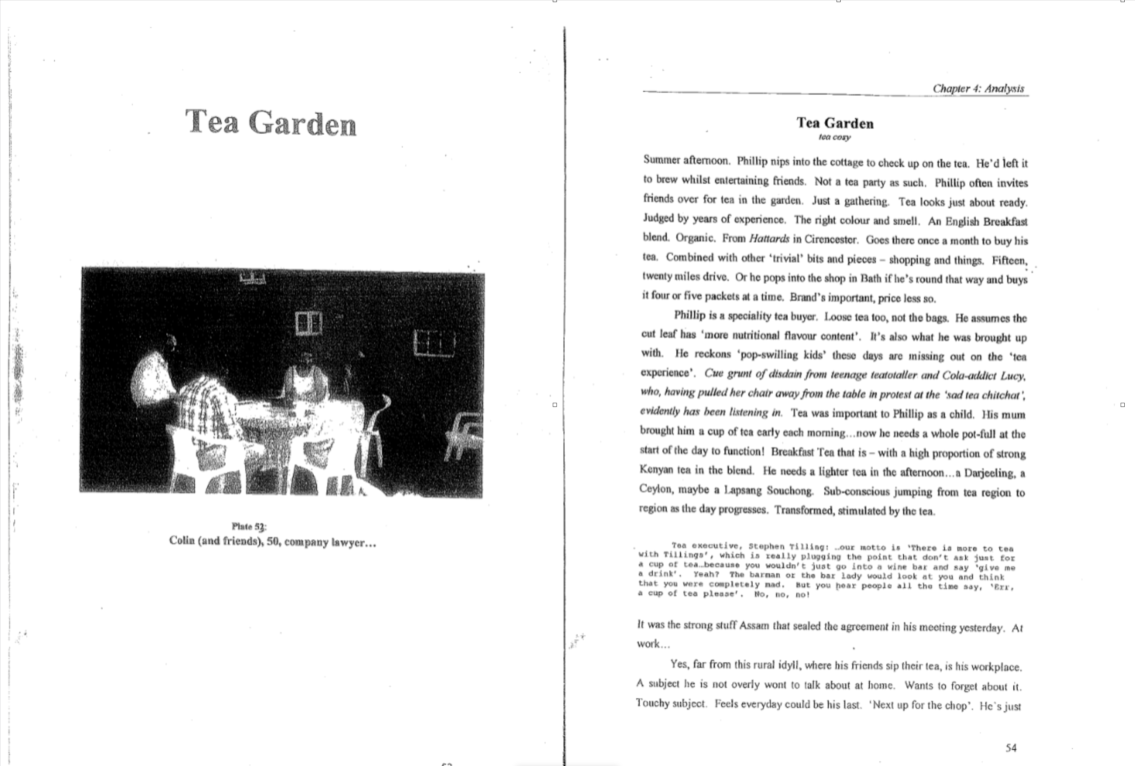

followthethings.com
Electronics
“iPod“
Undergraduate coursework written by Rebecca Payne, published in the Teaching Geography journal.
Full text below.
The students’ first task in the ‘Geographies of Material Culture’ module at the University of Birmingham is to make a personal connection between their lives and the lives of others elsewhere in the world who made the things they buy. These are the people who help you to be you, followthethings.com CEO Ian tells them. So choose a commodity that matters to you, that’s an important part of your identity, that you couldn’t do without. Think about its component parts, its materials, and the properties they give to that commodity and your experience of ‘consuming it’. And write a 500 word first person account that connects your lives. One student – Rebecca Payne – is sitting in the university library wondering what to write. To block out the noise, and to help her concentrate, she listens to music in her iPod. And this is what she starts to think about, and to research, for her coursework. She spends a lot of time with her ‘little white friend’. She charges his battery. Takes him for a run. And he helps her to create the sonic bubble she enjoys living in which connects her to the work of her favourite musicians. Here coursework wants her to pop the bubble, though. So she looks at the ‘made in’ information on her iPod, and they consults the internet for a iPod teardown, where tech nerds take things to pieces to see what their component parts are. Then she looks up news stories about their places of manufacture. She find some connections. And thinks about the factory workers who have also helped to create this bubble she enjoys so much. She finishes with catchy turn of phrase: ‘I can only feel separated because I’m so connected’ and, mimicking Apple’s advertising tagline at the time, ‘iPod therefore I am.’
Page reference: Rebecca Payne (2006) iPod. followthethings.com/ipod.shtml (last accessed <insert date here>)
Estimated reading time: 7 minutes.
Continue reading iPod
